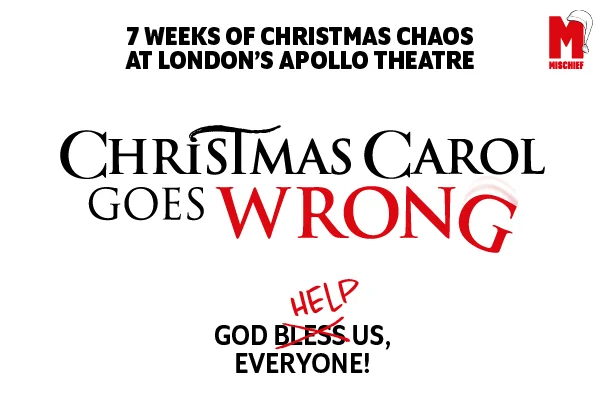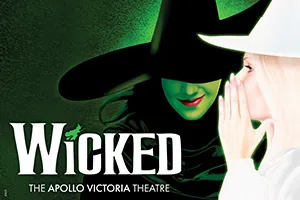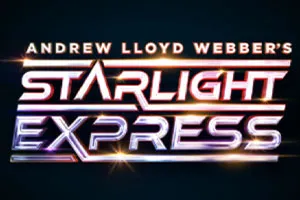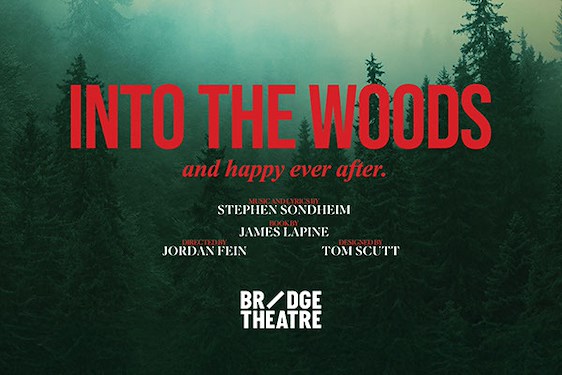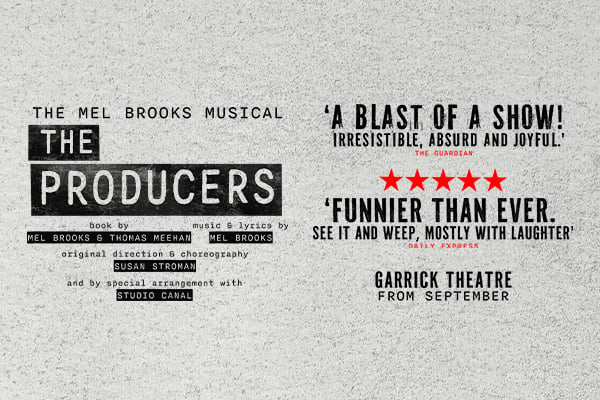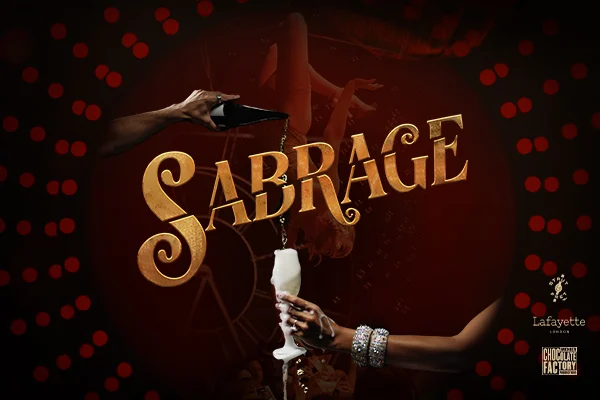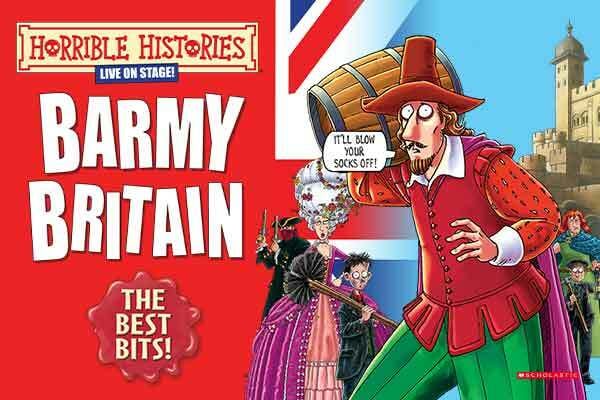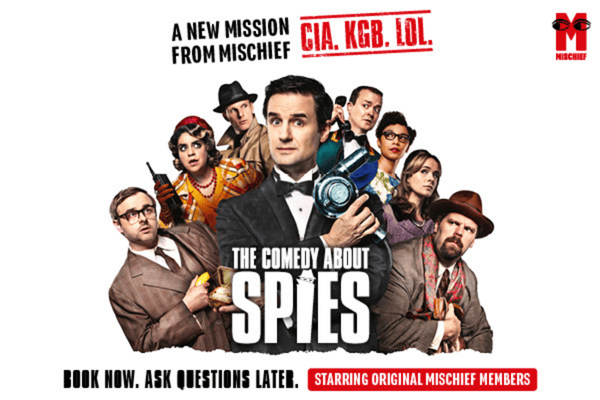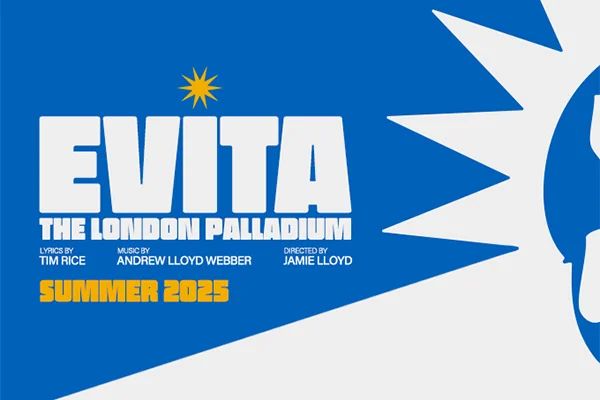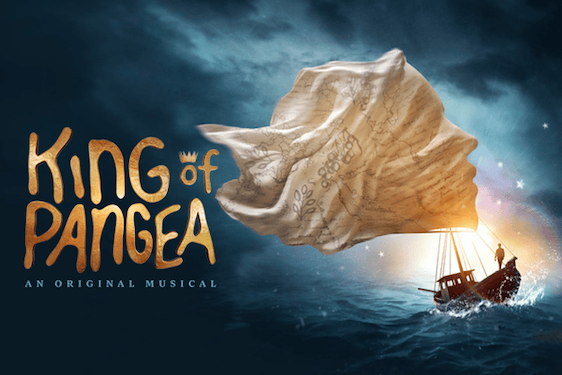Leslie Bricusse is a distinguished name in the songwriting pantheon, with a string of Oscars and Tony Awards to his name. With two Bond theme songs, ‘Dr Doolittle’, ‘Willy Wonka’ and ‘Victor Victoria’ to his credit, Bricusse arguably did his best work for movies. But the stage career is hardly undistinguished either, encompassing ‘Stop The World – I want to get off’, ‘Pickwick’ and ‘The Roar of the Greasepaint’ all produced what have become standards. It is however noticeable that all his best work has been in collaboration; as a one-man musical band, his record is extremely patchy. Perhaps it’s best to draw a veil over ‘Kings and Clowns’, his musical of the life of Henry VIII, which opened with the memorably awful lines: “Henry Tudor, Henry Tudor/No-one was lewder, or cruder or ruder”. Certainly it seems to have disappeared from his CV.
In ‘The Revenge of Sherlock Holmes’, Bricusse alone is credited with book, lyrics and music. It’s a reworking of his 1988 musical, which starred Ron Moody and ran for two months. An extended tube strike is credited with its early demise, but the tube strike did little harm to the likes of ‘Les Miserables’ and ‘Blood Brothers’, and in truth it contains the seeds of its own demise.
Bricusse seizes on that period in the Holmes canon between where Conan Doyle killed the detective off at the Reichenbach Falls in 1893 and when he was forced to bring him back by popular demand and financial necessity. It is 1898, Holmes is back in London, as, it seems, is Moriarty. So too is Bella, Moriarty’s daughter, who has inherited her father’s Machiavellian cunning but also provides a tentative love interest. Both are determined on a rematch, but it is Moriarty who takes the initiative in framing Holmes in a locked-room murder which has our hero on the run from Inspector Lestrade and in disguise on Wapping Old Steps (cue cheerful Cockney number, “Down the Apples and Pears”).
Both the setting and the style of “The Revenge…” seem made for the lovely Hoxton Hall, a tiny jewel of a mid-Victoria musical hall which is, rather miraculously, celebrating its 150th anniversary. Director Luke Fredericks has pulled the stops out for an authentically period blood-and-thunder melodramatic production involving audience participation, cardboard cutouts, puppets and cheesy lighting effects. Most of the actors enter into this with gusto. However all the love, inventiveness and energy cannot save what is a lame duck from the start.The script is impossibly wordy and repetitive. Running at 2hours 45 minutes, it would be a bit of an endurance test even if it were good. However, the songs come from the era when rather than furthering plot and character, the action grinds to a halt for them. This is sometimes at wildly inappropriate moments, as when Holmes, with Lestrade hot on his heels, stops to sing ‘No Reason’. Most of the songs do not develop in the way that we have come to expect, but are variants of the List Song, and List Songs, unless you are Cole Porter, suffer from the law of diminishing returns. The lyrics are by no means awful, though over-reliant on the rhyming dictionary. The music too is serviceable – nothing very memorable, but occasional little rhythmic and melodic twists. But the songs drag the story back, and throw into sharp relief the essential implausibility of the premise.
Any musical needs to be able to answer the question, ‘Why are these characters singing?’ and further, ‘Why is this character singing at this particular moment?’ Ask why Sherlock Holmes is singing, and you have to come back, ‘I’ve no idea.’ That this die-hard rationalist should burst into song (and, worse, dance) defies any kind of dramatic logic. It’s as if you had Charles Darwin onstage starting to tap-dance. This preposterousness is not helped by the performance of Tim Walton, who seems to be in a different play from everyone else. Where the rest of the cast throw themselves into enthusiastic hamming, Walton opts for low-key naturalism. His singing voice – school of Rex Harrison – is small, very small, and though he has a radio mike, uniquely among the cast in this tiny theatre, it doesn’t seem to be working. It creates a bland vacuum in the middle of the show.
From the rest of the cast, the stand-out performance comes from Andrea Miller, an outrageously hammy and upstaging Mrs Hudson who is funny because her effects are controlled and focused. Others tend to be more of loose cannons, though there is a macabre delight in a number set in the morgue, ‘Halcyon Days’ for Dr Watson, the pathologist, three corpses and a skeleton. This is largely down to the tight choreography of Lee Proud, who delivers in a ‘cockney knees-up’ style which manages to avoid cliché. As a result, the Chorus boys and girls really have the best of it, as in the Baker Street Irregulars’ ‘Anything You Want To Know’.
So there are occasional moments when the show lifts. With half an hour lopped off it would lift more. But I doubt if even that could save a show which time and the evolution of musical theatre has left behind.






